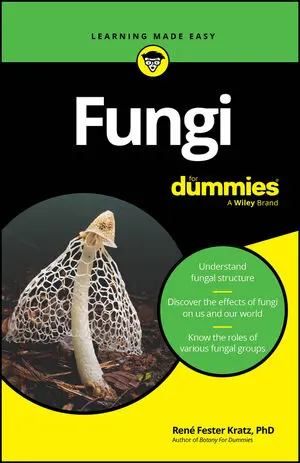Botany is the study of plants. Plants are very similar to people in a lot of ways, but they also have some differences that can be hard to wrap your brain around. And, like any science class, botany can get a little overwhelming at times. So, here are a few items to help you grasp some of the big ideas in botany.
Parts of a flower

Flowers can be unisexual, having only male or female parts, or bisexual, having both types of parts. The male parts of a flower make up the stamens. The entire whorl of stamens in the flower is called the androecium.
The sac-like structures at the top of the stamen are the anthers. The anthers house pollen, which contain the male gametophytes that make the sperm. The thread-like stalks that lift the anthers up are called filaments.
The female parts of the flower make up the pistils. The entire whorl of pistils in the flower, which may be separate or fused together, is called the gynoecium.
The sticky tips at the top of the pistils that receive pollen are called stigmas. The swollen bases of the pistils are the ovaries. Inside the ovaries are tiny pearl-like structures called ovules. The ovules contain the female gametophytes, which make the eggs. The slender stalks that connect each stigma to an ovary are called styles.
Types of plant tissues
Plant tissues come in several forms: vascular, epidermal, ground, and meristematic. Each type of tissue consists of different types of cells, has different functions, and is located in different places.
Monocots vs. dicots
Botanists used to sort the flowering plants into two main groups, the monocots and the dicots. Although we know now that the evolutionary history of angiosperms is more complicated than this system suggests, these two categories are still useful for helping botanists identify plants and get quick insight into some of their important growth characteristics. In the table below, I highlight some of the traits that are typically associated with plants in these two groups.






